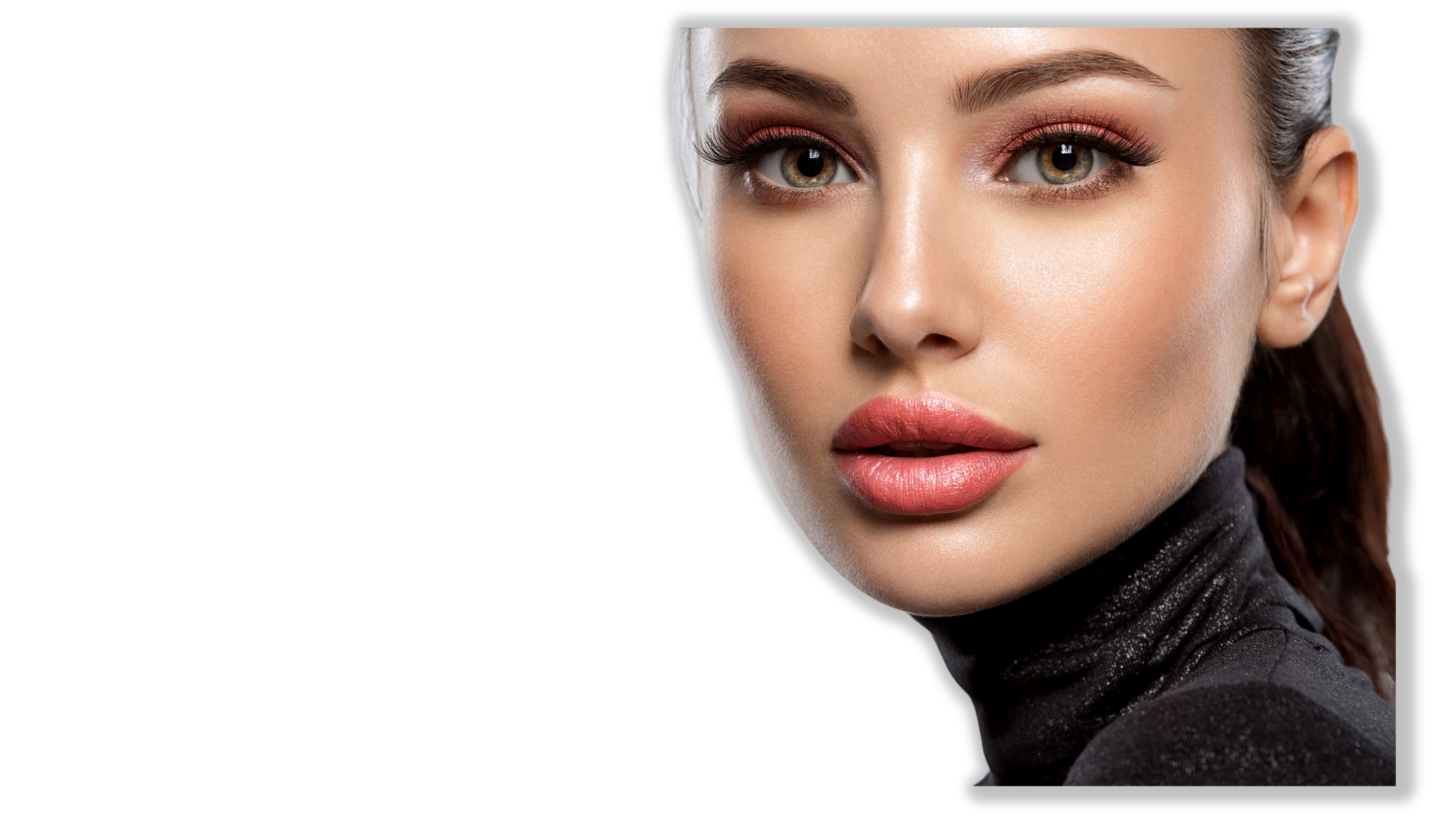
Judging the Cover
Exposing Root Causes of Insecurities in Appearance Amongst Young Adults in the Dating World
Introduction
The cliche’ saying goes, “Don’t judge a book by its cover.” However, with beauty standards, dating apps, social media, and more, the saying is often considered wrong and an unrealistic ideology.
Appearance carries weight in a person’s life - whether it would be
finding a new job, making an impression at a prestigious gathering, or casually going out in public.
However, a person’s physical appearance - particularly in young adults - bears a heavier weight when pursuing a romantic relationship.
Today, the Internet has made social interactions easier and accessible, without the hassle and effort of making in-person contact.
However, fears of negative judgment and rejection has made people conceal their real appearance through the guise of filters, implying and revealing insecurities and mental issues within young adults such as body dysmorphia and low self-esteem.

Despite modern praise and affirmations to “be yourself,” young adults often struggle to find romantic due to a possible lack of physical attraction from another person.
If “beauty is in the eye of the beholder,” then the existence of aesthetic values are brought to the surface, for beauty reciprocates initial attraction and approval.
Feelings of inadequacy due to a person’s appearance can create a bleak belief that a relationship is unattainable, especially for young adults.
It does not imply that a person’s other characteristic qualities such as
personality, ideology, etc. could not be considered.
However, evoked interest from
another must somehow gravitate them to invest into “making a move.”
Thus, this website studies and reviews on whether or not a person’s physical appearance plays a role in finding a potential partner for young adults.
First Findings, Charting, and Follow-Up Interview
Summary
During the last publication, eleven
individuals ranging from 17-24 years of age where privately interviewed to determine whether or not a person’s appearance was a factor on one’s decision on finding a potential partner.
Notes and Takeaways
While the value a person’s character was emphasized by nearly a half of the participants, 90% of them acknowledged that appearance does play a role, along with 82% of participants admitted to wanting to
appear more attractive.
Whether or not a person’s physical physique played a role remained inconclusive, with half answering that it did.
When asked if race was a factor, 36% answered that it did. However, it was noted that a few participants demonstrated signs of slight discomfort towards some of the questions, despite the opinion of skipping the question.
Thus, it is postulated that a fear of possible scrutiny or judgment influenced answers, making the answers possibly be disingenuous.
Despite this, new topics were opened up such as how opinions during adolescence affect a person, the media, self-care, and race to name a few.
With these factors in mind, these
interviews warranted a potential
examination into these broader
aspects in the gains to expose its root causes.
To do so, a follow-up interview was conducted with one of the
participants.
To protect the identity of the individual, they will be referred to as “Interviewee #2,” as they were the second interview conducted from the previous study.
After examination and analysis through various sources (Initial interviews, follow-up interview with Interviewee #2, articles related to topics), it was determined that six major factors play a role of young adults' values of physical aesthetics: Adolescence, the Media, Body Image, Facial Insecurities, Race, and the Cosmetic Industry.
However, without money, there can be issues within those factors.
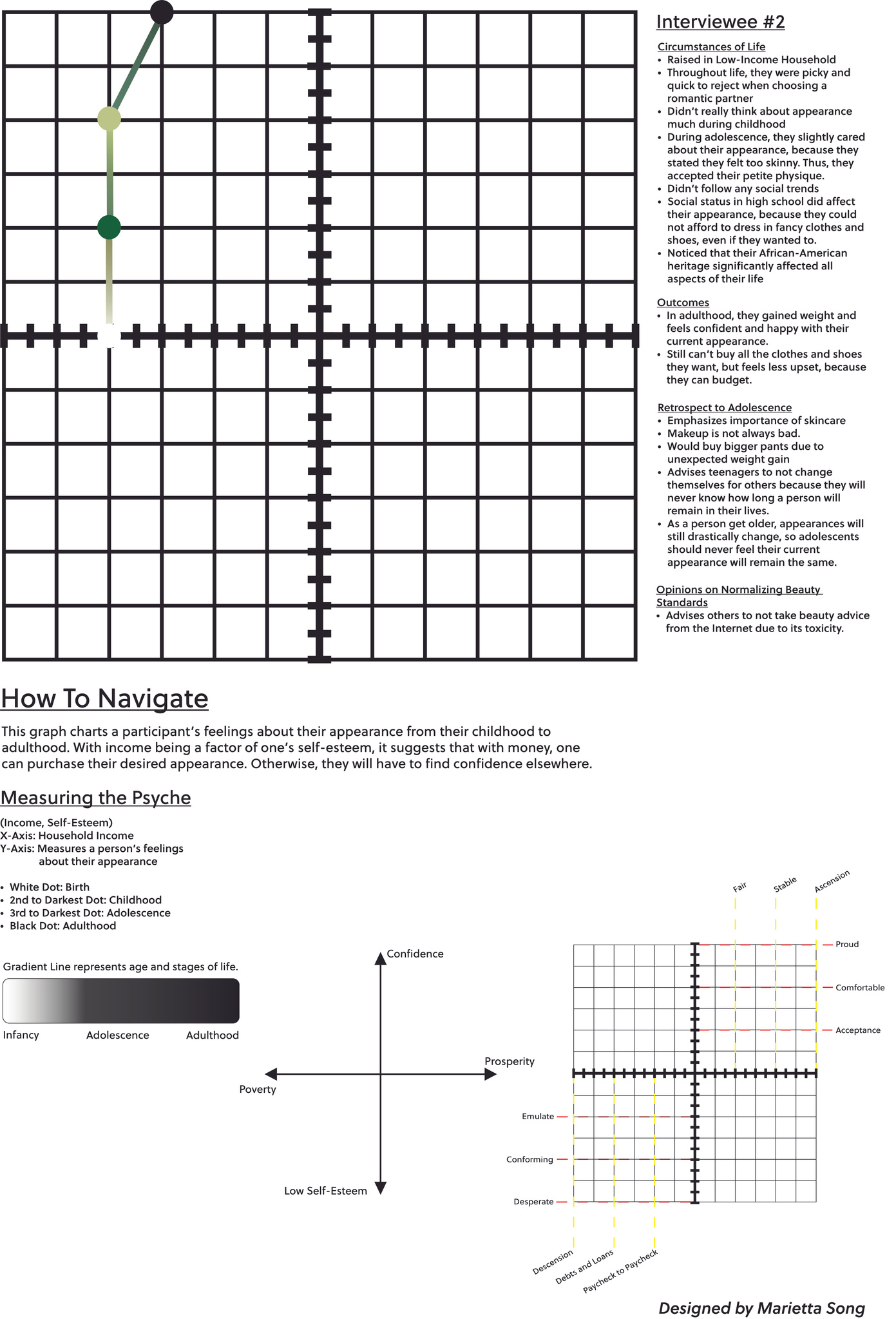
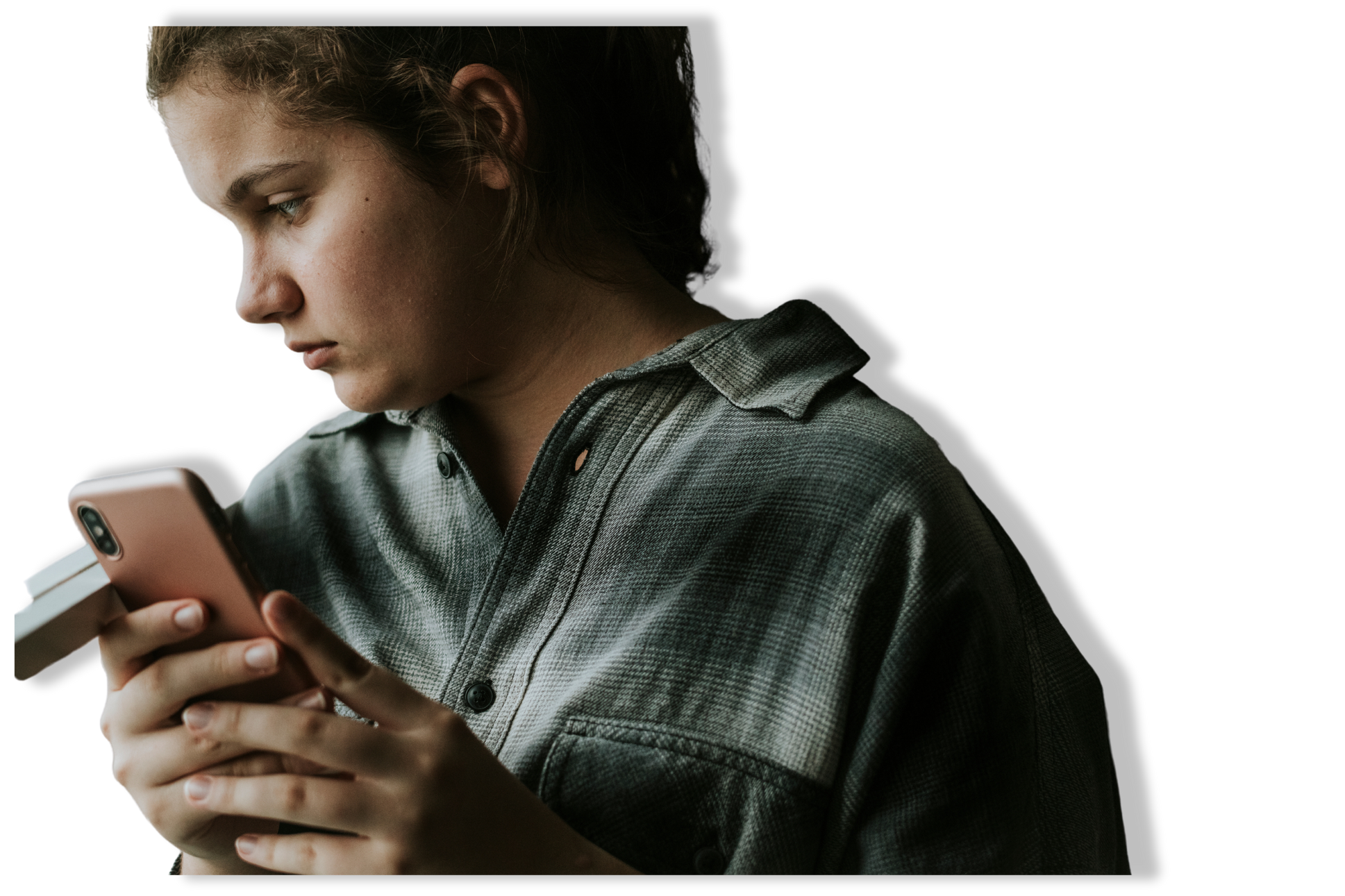
During adolescence, most teens finds themselves in a cultural environment that shapes their mindsets and actions, as favoritism gained from their peers determines their social status
A common behavior with adolescents is being compelled and pressured to conform to social trends or portray themselves uncharacteristically in attempts to gain acceptance.
According to a study on the reasons teen girls wish to be thinner, the results stated, “The two reasons given most frequently for wanting to be thinner were firstly the influence of models and the media, and secondly to be more attractive and receive more attention.
Other frequently given reasons for wanting to be thinner included: for self-esteem and confidence, to fit into clothes, to achieve a feeling of control, to increase popularity, to look good for boys, because it is what society demands, peer pressure, and because women are supposed to be smaller and less masculine that men.”
Other common paranoias predominant in adolescents are skin conditions such as acne, height insecurities, keeping up with cultural trends, and body odor.
Criticism from others can impact their perception about their appearance. Negative experiences such as school
bullying, abusive households, and/or toxic friendships and relationships are often the causes for low self-esteem.
If support or reassurance is not available, mental issues such as depression, anxiety, eating disorders, and/or body dysmorphia grow prevalent.
Furthermore, such experiences can drive social avoidance, creating a lack of social skills and confidence needed for adulthood, especially when confidence is considered an attractive trait amongst young adults.
During the interviews, participants admitted to having low-esteem and
Opinions During Adolescence
confidence during their adolescence due to their appearance not representing the beauty standards and trends displayed on social media.
During the follow-up interview with Interviewee #2, they admitted that social status in high school affected how they perceived themselves, as criticism about one's choice of clothing or shoes determined their materialistic value.
Interviewee #2 explained that they lived in poverty, so they had to wear what was affordable.
Influence from the Media
When asked about the value of appearance in today’s dating world, previous participants answered that the cause of this controversial matter was due to the media’s portrayal of beauty standards.
Interviewees emphasized and acknowledged the Internet to be the underlying source and conveyor of a person’s dissatisfaction of their physical traits, which creates the controversial and detrimental practices of achieving beauty.
Women in the United States and other change their bodies through various surgery procedures to achieve a certain look.
The practice is also common in other first-world countries, along with fad and calorie deficit diets to prevent weight gain.
However, professional aesthetic procedures cost money, which means only the wealthy has access to achieving a desired appearance.
Encouragement to changing one's appearance are often found in social media, where celebrities and influencers are well-known to undergo drastic changes, making it a "trend-turned-standard" practice.
The issues with social conformity coupled with aesthetic expectations
builds the social dissonance between those facing low self-esteem and those who do not, which contributes to the toxicity and bitterness within social media.
While it known the media is seen by everyone, young people are more susceptible to its influence than those who are older and more experienced in the dating world.
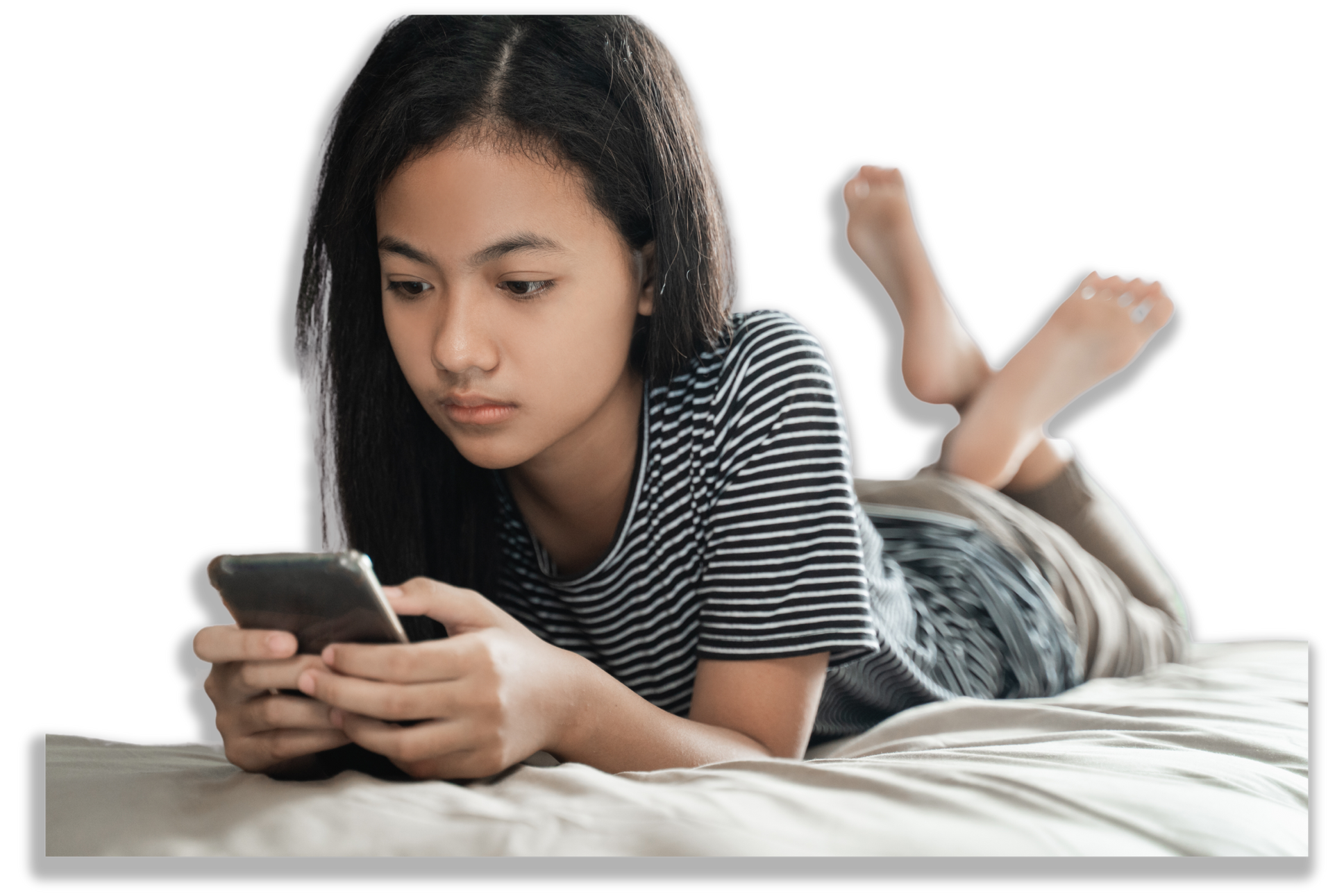
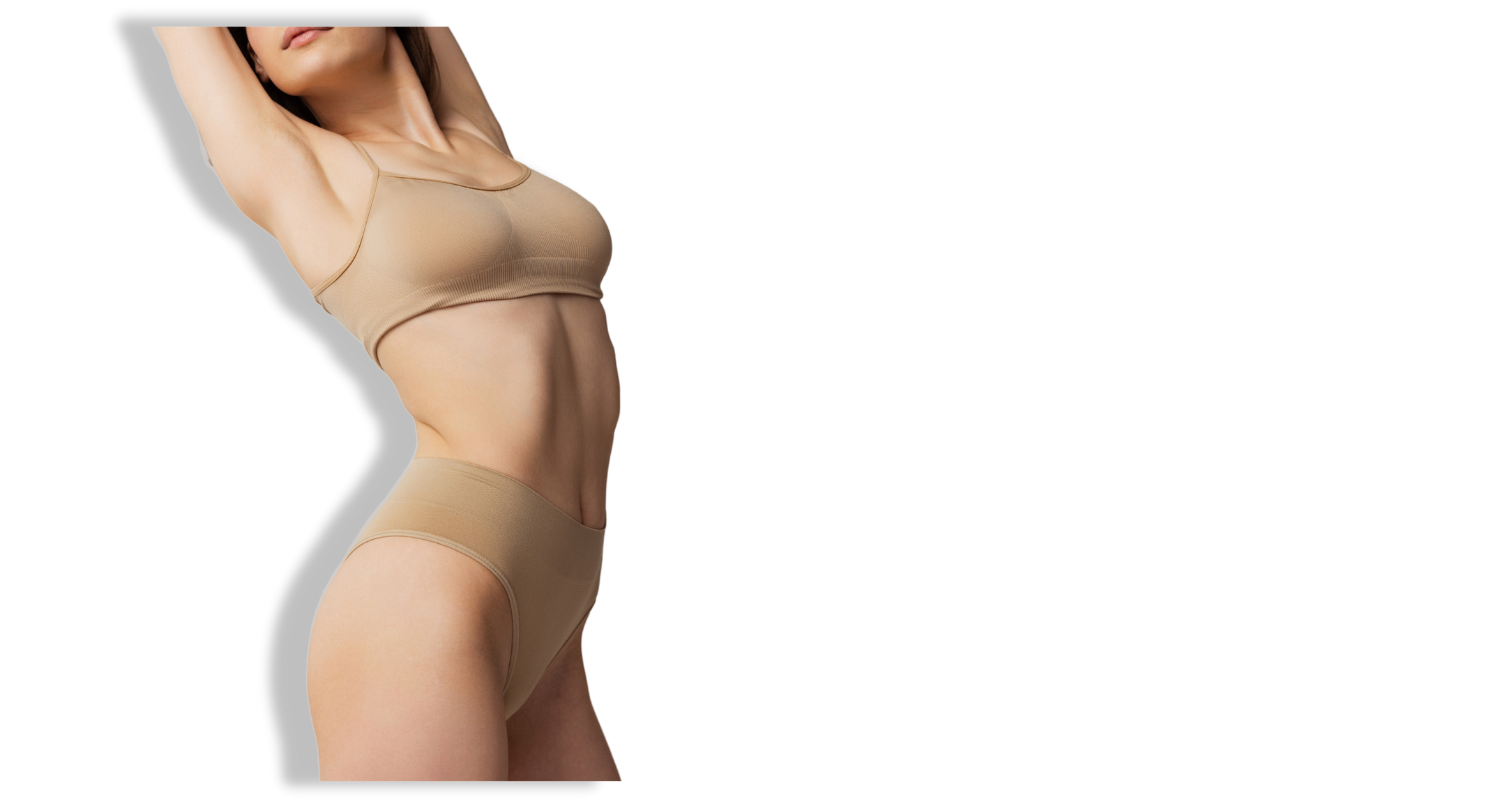
Body Image Issues
With social media and beauty expectations, body image has made viewers self-conscious.
When asked if there were specific body physiques potential partners have to meet, , 5 out of 11 participants admitted to having a physique preference for their potential partner.
While this factor is prevalent amongst adolescents, the trauma, emotions, and experiences of feeling inadequate can follow them in adulthood, especially when pursuing a romantic relationship.
This can pressure young adults into eating disorders, the usage of weight-loss pills, and surgery for quick fixes to their physical insecurities.
Interviewee #2 stated in the follow-up that due to they did not feel happy with their slim figure due to people scrutinizing them.
With them possessing a high metabolism and growing up in a low-income household, it could be possible that a lack of food caused their weight to be dangerously low. While they did
not express much worry about their health, Interviewee #2 stated that they were slightly more concerned about their appearance than their health.
Meanwhile, those with financial means can consult with dietitians and receive surgery.
Facial Insecurities
With social media and beauty standards, its models and influencers presents and sets the standard of a “perfect” physique puts pressure upon its viewers to emulate the same look.
An example of this would be models shown in the makeup and skincare industry, where its models have conventionally attractive facial traits, such as full lips and round eyes, along with little to no blemishes.
Despite the usage of good lighting, photo editing, and filters to enhance the models’ features, its visual enticements still induces unrealistic expectations upon its readers, as it is a form of deception to gain approval.
Having a youthful and aesthetically-pleasing appearance with a pale complexion is socially and culturally pressured in South Korea, making it common for young adults to to turn to plastic surgery as an effort to be "beautiful."
Other Asian countries such as China, Japan, and Thailand have either adopted or retain the same beauty standards and practices.
However, having the financial means and status still requires one to achieve these professional results. If one turns to cosmetics instead, investing in the right products are required as well.

Racial Preferences
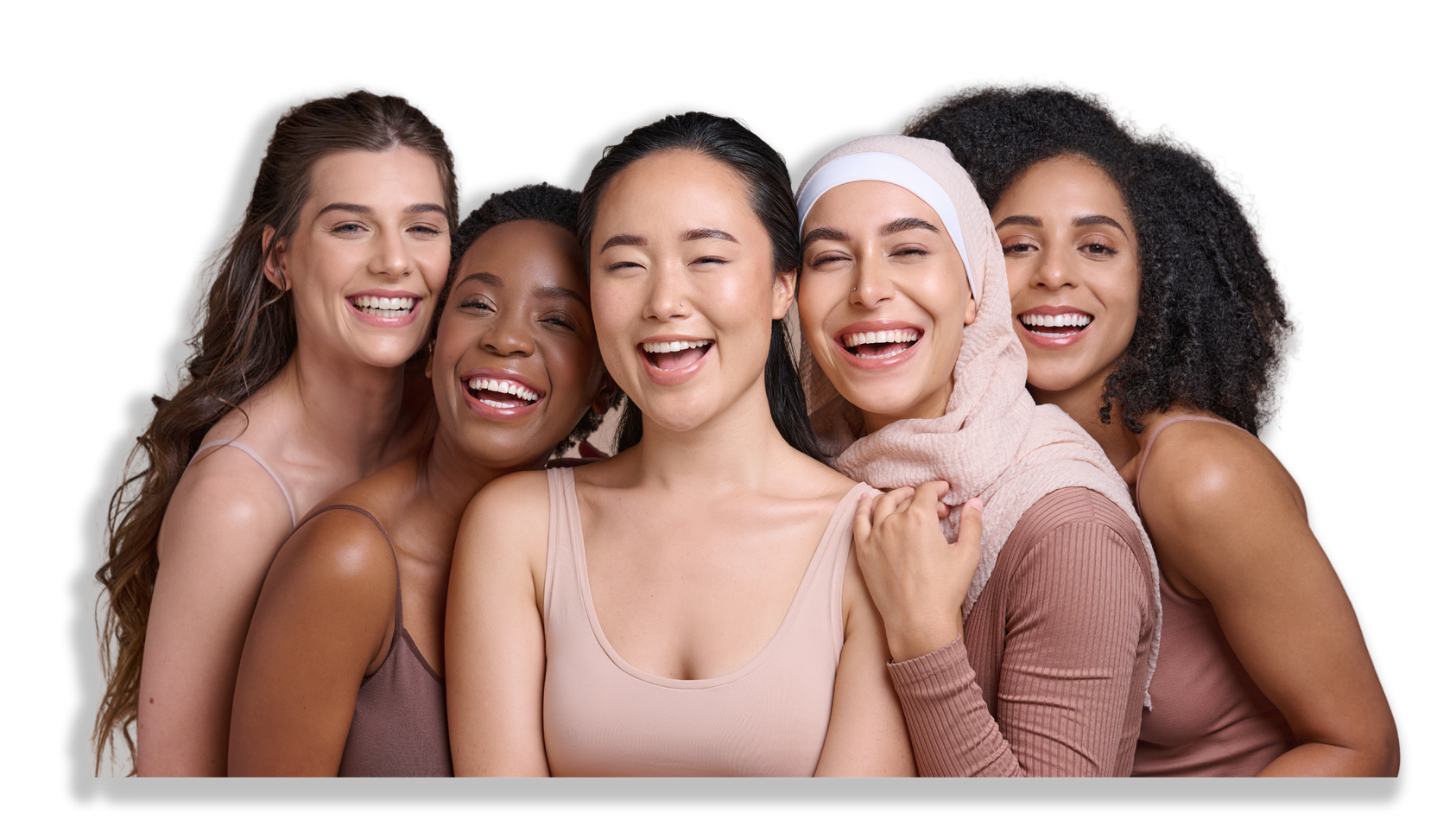
A saying goes, “Birds with the same feathers flock together,” and it can be seen applied to the topic of racial preferences in dating.
In the initial interviews, 11 participants answered that race does not play a factor when choosing their partner. However, answers varied for certain individuals.
However, 4 out of the 11 participants answered that they tend to lean towards a particular race.
With nearly a quarter admitting this, it brought up the question of whether or not race is a factor into one's appearance.
When asked if race played a role into their romantic life, Interviewee #2 stated that their African-American heritage plays a role in all aspects of their life, for better or worse.
According to an NPR article, racial discrimination within the dating world has come to a result of "...stereotypes and lack of multiracial representation in the media as part of the likely reason that plenty of online daters have had discouraging experiences based on their race."
With a lack of diverse representation in the media, celebrities such as Beyonce', Rihanna, Blackpink, and more has been considered to be beautiful role models on alleviating this issue.
The Cosmetic Industry
As a result of these issues, many companies within the cosmetic industry feed off of people’s insecurities, so they curate and sell high-end products to “resolve” these issues. Beauty standards and expectations to appear flawless has caused people to reevaluate themselves negatively.
According to an article about body image and romantic relationships, it reads, “Self-evaluative investment reflects the extent to which individuals define or measure themselves by their physical appearance, which they judge essential in their daily experiences. Motivational investment refers to the importance of having or maintaining an attractive appearance.”
As mentioned before, medical procedures are part of the cosmetic industry, as they profit off of these issues.
The skincare industry has been motivated to aid in facial insecurities such as acne, dryness, and the paranoia of aging. Thus, trends such as glass skin, slugging, and the glazed donut look have grown.
The makeup industry has also grown, with products catering to those wanting to conceal the appearance of blemishes and enhance looks, along with contouring techniques to create the illusion of a slimmer and angular facial structure.


Alleviating the Issues
To find a solution to resolve these issues amongst young adults, Interviewee #2 was chosen to be interviewed on the basis that they did not demonstrate discomfort in the initial interviews, and was willing to be open in discussing their cultural and societal background.
After reviewing their answers, it was concluded that the issues of valuing appearances in the dating world can be traced towards the representation of beauty within the media, which either influences or enhances the levels of feeling physically and financially inadequate amongst teens as they grow into adulthood.
THE MEDIA
As the main source of communication, the media needs to remodel their representation. It is seen to be too opinionated on what beauty is expected to be, and not accepting variety in diversity and body image.
As the visual conveyors of culture, the media should not only present themselves for profit or approval for views, but remind themselves that they have an ethical responsibility to show young viewers what to emulate and understand the risks of doing so.
INSECURITIES DURING ADOLESCENCE
Interviewee #2 advised that through personal experience, adolescents tend to believe that their current appearance are permanent in their lives. However, that is not the case, as they transition to adulthood and onwards, their physique and level of confidence will drastically change.
A lot of Interviewee #2's challenges in their adolescence is traced back to their low-income status where they
were not provided with the resources needed to achieve their desired look. However, they never turned to social media for guidance and within time,
they found confidence within themselves to accept who they were naturally.
Interviewee #2 states, "Teenagers should never feel like they're stuck in one place forever. It will feel that way, but it really won't, so don't feel like you're stuck with the same look."
Marietta Song
contact
txv197@mocs.utc.edu
Sources
Images Found on Adobe Stock
Brown, Ashley. “'Least Desirable'? How Racial Discrimination Plays out in Online Dating.” NPR, NPR, 9 Jan. 2018, https://www.npr.org/2018/01/09/575352051/least-desirable-how-racial-discrimination-plays-out-in-online-dating.
Laus, Maria Fernanda. “Body Image and the Role of Romantic Relationships.” Taylor & Francis, 18 July 2018, https://www.tandfonline.com/doi/full/10.1080/23311908.2018.1496986.
Tiggemann, Marika, et al. “‘I Would Rather Be Size 10 than Have Straight A's’: A Focus Group Study of Adolescent Girls' Wish to Be Thinner.” Journal of Adolescence, 25 May 2002, https://www.sciencedirect.com/science/article/abs/pii/S0140197100903506?via%3Dihub.